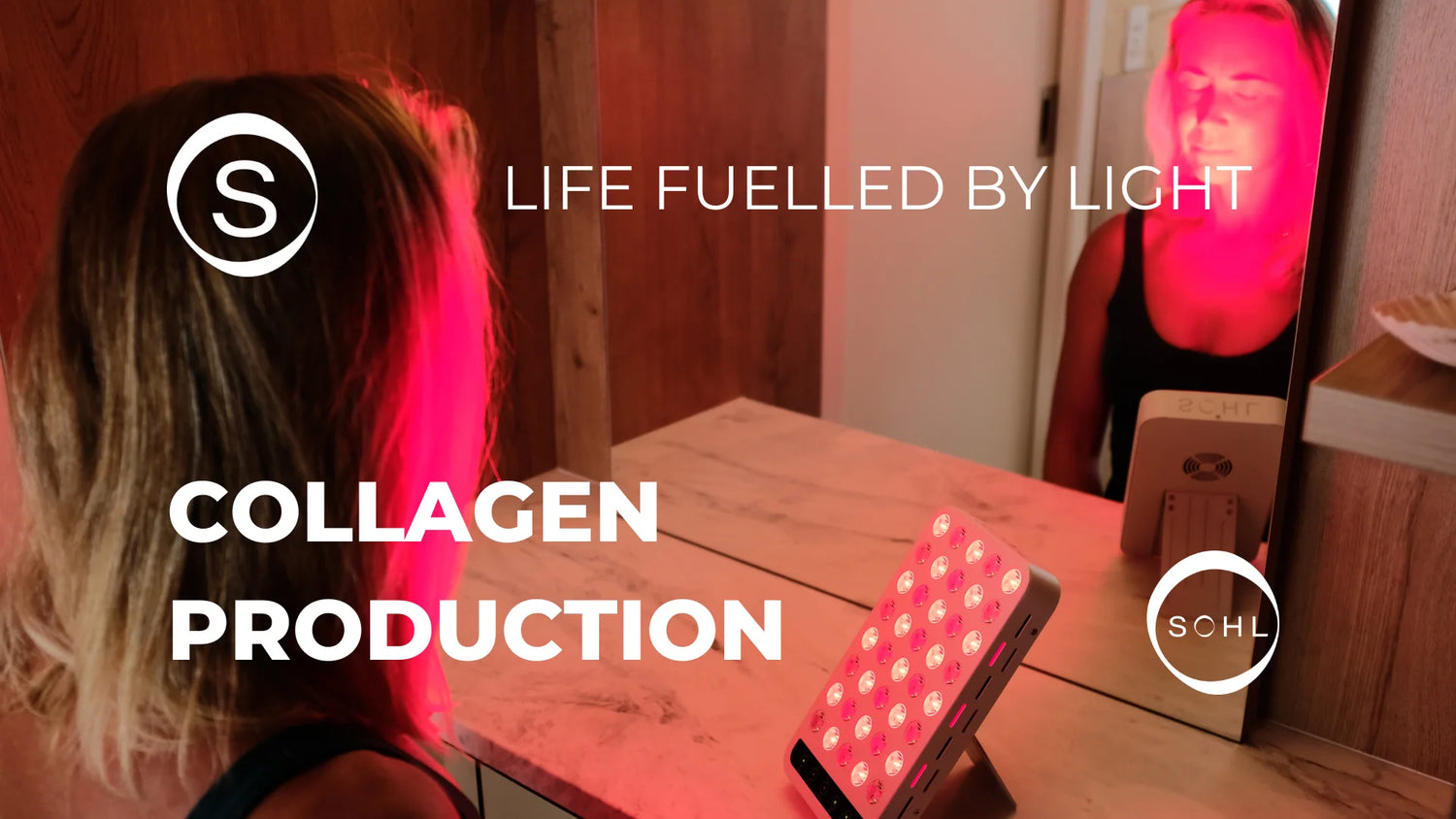Red light therapy has gained popularity in recent years as a non-invasive, painless treatment for a variety of health concerns. One area where it has shown promising results is in weight loss. In this blog post, we'll explore how the application of red light therapy can improve weight loss, and the scientific research behind this innovative treatment.
What is Red Light Therapy?
Red light therapy, also known as low-level laser therapy, uses red or near-infrared light to penetrate the skin and stimulate cells. The light is absorbed by the mitochondria, the energy-producing organelles in cells, which can lead to a range of therapeutic effects. Red light therapy has been used to treat a variety of health concerns, including pain, inflammation, and skin conditions.
How Can Red Light Therapy Improve Weight Loss?
Red light therapy has been shown to have several effects that can help with weight loss. These include:
-
Increased Metabolism: Red light therapy has been shown to increase the metabolic rate, which is the rate at which the body burns calories. This can lead to an increase in weight loss, as the body is burning more calories even when at rest.
-
Improved Blood Flow: Red light therapy can improve blood flow to the area being treated. This increased circulation can help to improve the delivery of oxygen and nutrients to the cells, which can help to improve cellular function and support weight loss.
-
Reduced Inflammation: Inflammation can interfere with weight loss efforts, as it can contribute to insulin resistance and metabolic dysfunction. Red light therapy has been shown to have anti-inflammatory effects, which can help to reduce inflammation and support weight loss.
Scientific Research on Red Light Therapy and Weight Loss
Several studies have been conducted to examine the effectiveness of red light therapy for weight loss. A study published in the International Journal of Endocrinology found that red light therapy significantly decreased body weight, body mass index, and waist circumference in overweight and obese participants.
Another study published in the journal Lasers in Surgery and Medicine found that red light therapy improved body composition in women with obesity. Participants who received red light therapy had a significant reduction in body fat percentage compared to those who received placebo treatment.
A review of the literature on red light therapy and weight loss published in the journal Obesity Reviews concluded that red light therapy has potential as a non-invasive treatment for weight loss, with no significant adverse effects reported.
Conclusion
Red light therapy is a safe and effective treatment for weight loss. Its ability to increase metabolism, improve blood flow, and reduce inflammation make it a promising solution for those looking to lose weight and improve their overall health. While results may vary depending on the individual, most people see improvement in their weight loss efforts after several weeks of treatment.
References:
Kuligowska, A., Jóźwiak-Bebenista, M., & Nowak, K. (2020). The influence of photobiomodulation therapy on weight loss and body composition among overweight and obese subjects: A systematic review and meta-analysis. International Journal of Endocrinology, 2020.
Melo, S. A., Passos, M. E., Sousa, J. P., & Santos, J. N. (2018). Effects of low-level laser therapy on body fat reduction





